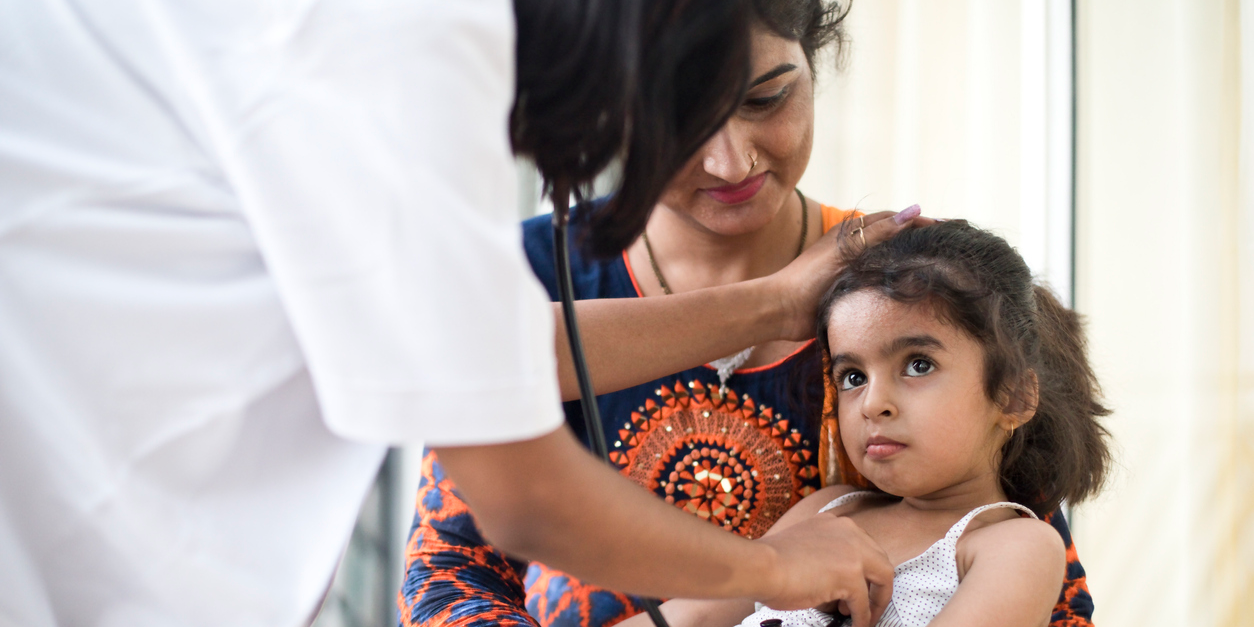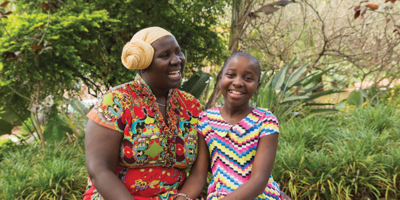
Treatment abandonment in children with cancer: does a sex difference exist?
New research by The George Institute for Health has investigated sex‐disparities in the abandonment of childhood cancer treatment in low‐ and middle‐income countries (LMICs) and identified the characteristics of children and their families most disadvantaged by such abandonment.
The researchers observed a high rate of treatment abandonment overall for children with cancer in LMICs, with the families of almost one in three children either refusing the recommended treatment for their child or choosing to stop treatment early. While the research was unable to demonstrate gender bias in childhood cancer treatment abandonment across LMICs, findings were limited by only a small number of available studies reporting sex-disaggregated data. Commonly identified risk factors for abandonment observed fell into three main categories: socio‐demographic; geographic; and travel‐related.
Anna Palagyi, lead author of the paper commented:
“While we were not able to conclusively show that boys and girls fare differently in continued access to cancer treatment, we were extremely limited in our ability to accurately draw such conclusions due to the very small number of studies reporting sex-disaggregated abandonment rates.
There is a clear need to improve the routine collection and reporting of sex-disaggregated childhood cancer service delivery and treatment data. Doing so will help to identify those children most disadvantaged by treatment abandonment decisions and guide appropriate health system and social policy responses to address gender-related barriers to childhood cancer service access and uptake of treatment.”
In the systematic review, sex‐disaggregated data on treatment abandonment were collected from the available literature and a random‐effects meta‐analysis was conducted to compare the rates of abandonment in girls with those in boys. Eighteen studies were included in this systematic review and of these studies, 16 qualified for the meta‐analysis, representing 10,754 children.







